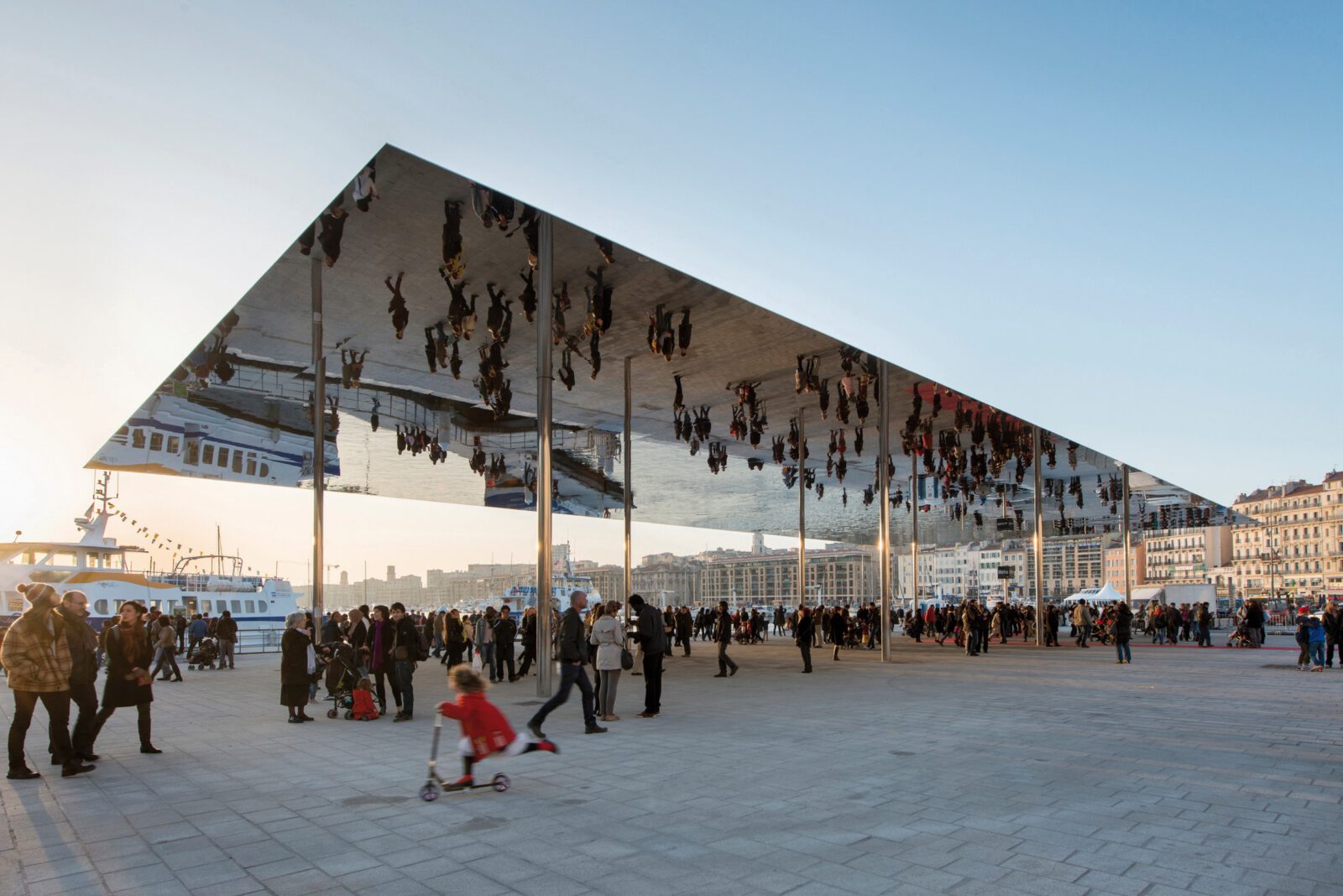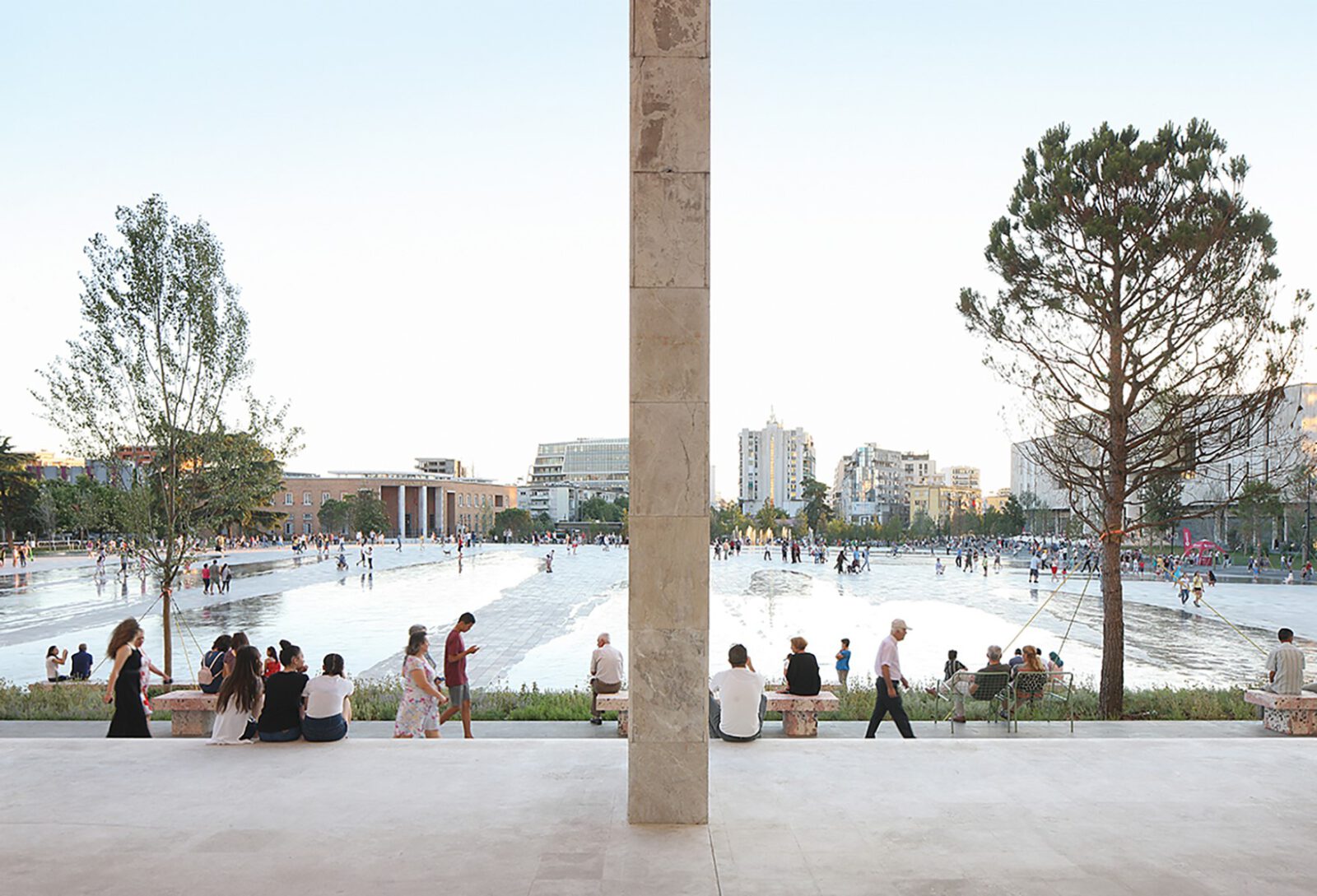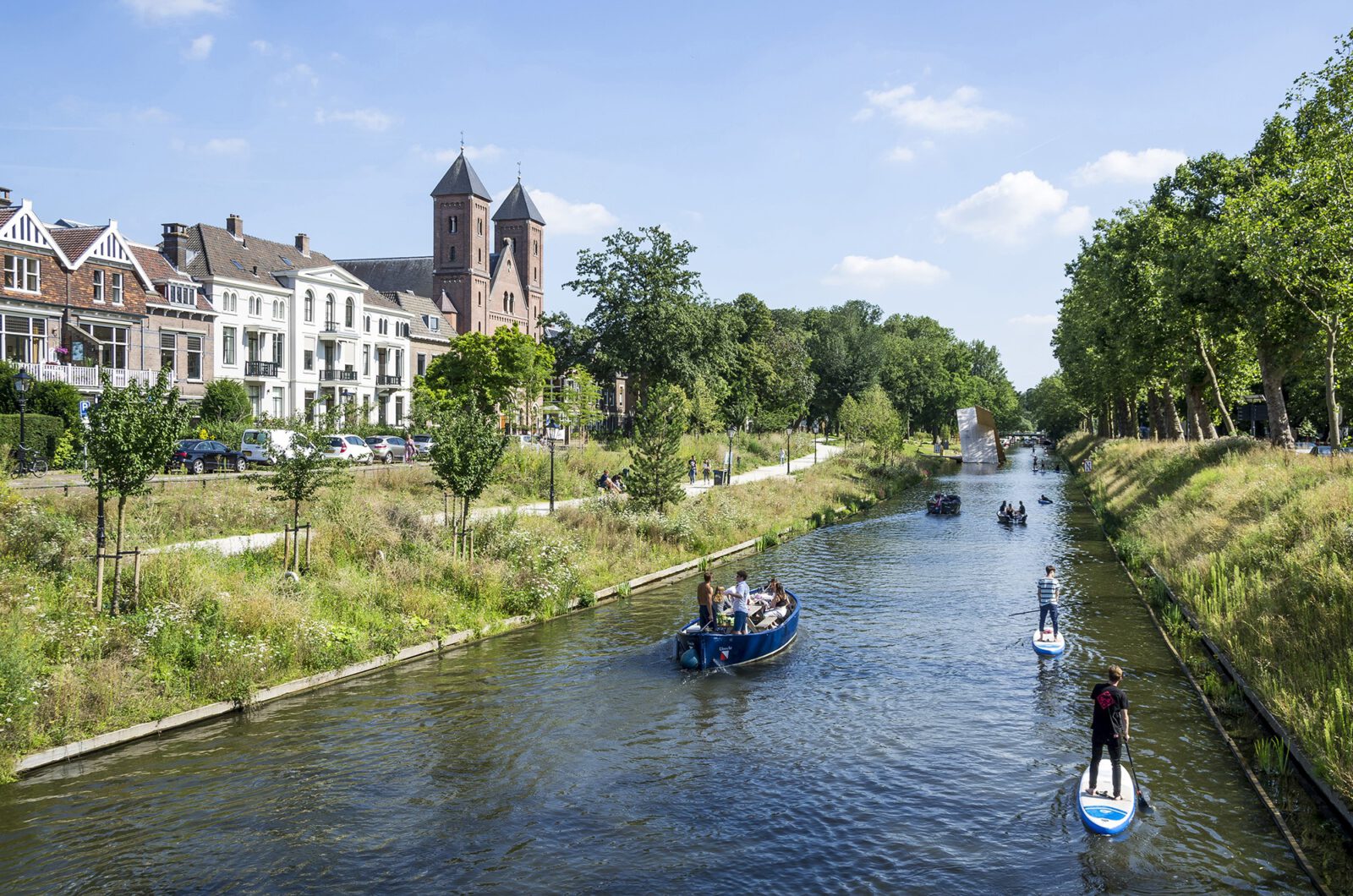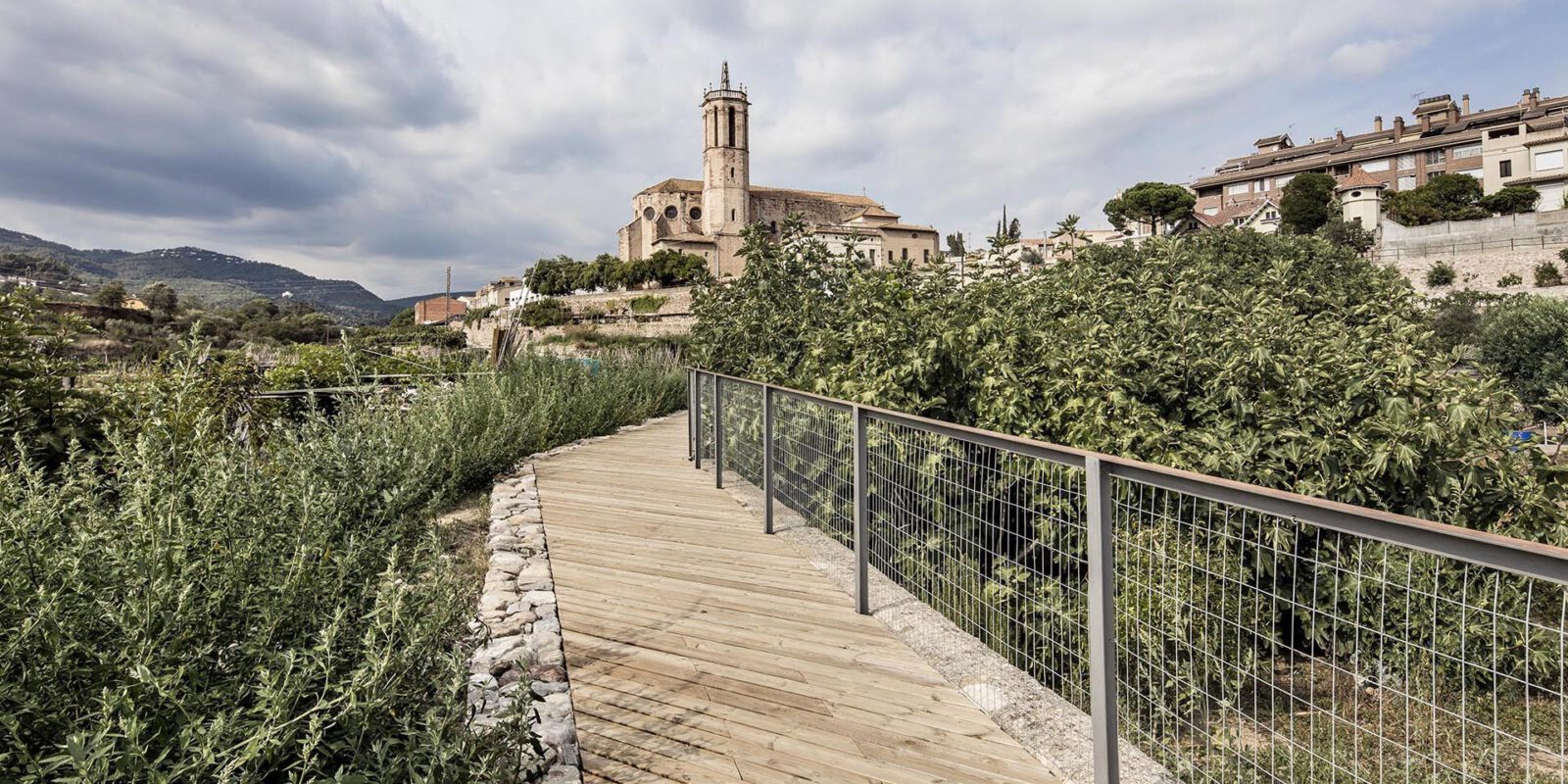The CCCB announces the 12th edition of the European Prize for Urban Public Space, which is open for entries from 5 March to 16 April 2024.

The Prize, the only one of its kind in Europe, promotes debate about urban responses to challenges such as climate emergency, the increase in inequalities and the impact of technological transformations. Exceptionally, this year it incorporates Seafronts, in response to the particular vulnerability of coastal cities to climate change. The president of this year’s jury is Beth Galí, a Barcelona-born architect, urban planner, landscape architect and industrial designer. Organized by the CCCB, the Prize involves the collaboration of a network of 10 architecture and urban planning institutions, and over 50 experts from across the continent.

The Centre de Cultura Contemporània de Barcelona (CCCB) announces the call for entries for the 12th European Prize for Urban Public Space. This honorary biennial competition, which since 2000 has acknowledged the best interventions in the creation, transformation and recovery of public space in European cities, will distinguish works carried out between 2022 and 2023 in its general category.
The call is open from 5 March to 16 April.
The Prize is the only one in Europe dedicated to public space, and is awarded to both the project designers and developers. Its main purpose is to reflect the role that issues such as shortages, inequalities, mobility, migrations, or climate emergency and the impact of new technologies have on the urban design of public space; and to be an observatory of good practices that proposes solutions for a future in which cities will play a leading role in defining society’s evolution.
The call for entries for the European Prize for Urban Public Space 2024 is now open!

Category: Seafronts
In the present-day context of climate crisis, in which coastal cities are laboratories for rethinking the city and the way of inhabiting it in the face of the challenges posed by rising sea levels and extreme climate phenomena, this year the Prize incorporates Seafronts into its usual categories. The jury will evaluate works centring on the transformation, recovery or creation of seafronts carried out between 2019 and 2023.
Organization and Planned Calendar
From all the projects presented in the general category, the international jury will select 25, of which five will be the finalists of the edition, along with another five from the Seafronts category. All of them will form part of the Prize’s Archive. The finalists will present their work at an event open to the public to be held on 28 October at the CCCB. After the jury’s deliberation, the winning works in both categories will be announced at the awards ceremony on 29 October.
International jury
The international jury of this edition is made up of renowned professionals from all over Europe:
President and representative of the CCCB
Beth Galí, architect, urban planner, landscape architect and industrial designer.
She has taught at the Laboratori d’Urbanisme of the Barcelona School of Architecture-ETSAB, and been guest professor in Lausanne (Switzerland), Delft (Netherlands) and Harvard (USA).
Jury members
Sonia Curnier, architect and researcher at the Urban Sociology Laboratory of the École Polytechnique Fédérale de Lausanne, also works as a consultant, critic and curator on urban issues.
Fabrizio Gallanti, curator and architect, is director of Arc en Rêve, the architecture centre in Bordeaux.
Žaklina Gligorijević, architect and urban planner, currently works as a senior consultant on urban themes in the European Union and on World Bank projects in Serbia.
Beate Hølmebakk, architect and co-founder of Manthey Kula, teaches at the Institute of Architecture of the School of Architecture in Oslo, Norway.
Manon Mollard, architect, writer and, since 2018, editor of the specialist periodical The Architectural Review.
Francesco Musco, architect and urban planner specialized in sustainable development and seafront environments, lectures in Planning at the Università IUA di Venezia, Italy.
Secretary
Lluís Ortega, Doctor of Architecture (Polytechnic University of Catalonia-UPC), Philosophy graduate (University of Barcelona) and Master of Science-AAD (Columbia University).

Advisory Committee
The European Prize for Urban Public Space is an initiative of the Centre de Cultura Contemporània de Barcelona (CCCB), with the collaboration of the following European institutions:
Arc en Rêve, Bordeaux, France
Architekturzentrum Wien – AzW, Vienna, Austria
ArkDes, Stockholm, Sweden
La Cité de l’Architecture et du Patrimoine, Paris, France
CIVA, Brussels, Belgium
Deutsches Architekturmuseum – DAM, Frankfurt, Germany
Eesti Arhitektuurimuuseum, Tallin, Estonia
Kortárs Építészeti Központ – Kék, Budapest, Hungary
Muzej za Arhitekturo in Oblikovanje – MAO, Ljubljana, Slovenia
The Architecture Foundation – AF, London, United Kingdom
The History of a Prize with a European and Social Vocation
The European Prize for Urban Public Space naturally finds its place in the European city, which, despite its diversity, shares common historical elements such as human scale, compact design and mixed uses. In this idea of a European city, public space plays a key role in bringing people together, with all its political, economic and social values, which are inseparable from a physical design that accommodates and makes them possible.
In the course of its 24 years of history and 11 editions, the Prize has received 2,507 proposals, and given 20 awards and 35 special mentions. The winning projectsinclude interventions as varied and important as Barking Town Square (2008), a new civic space for a suburban district in east London that, after years of marginality, sought to salvage its past from a lost identity and project a meeting space for a new community. The open-air library in the German city of Magdeburg (2010), where, in a participatory process, the residents of a socially depressed neighbourhood gota library built with the prefabricated parts of a demolished building. The remodelling of the old port of Marseille, France (2014), an intervention that frees up the quays of obstacles and vehicles, combining the presence of leisure boats with public access and enjoyment for citizens. The recovery of the irrigation ditches of the thermal vegetable allotments of Caldes de Montbui, Spain (2016), which reactivated agricultural activity and created a network of pedestrian paths. The renovation of Skanderbeg Square in Tirana (2018), a nerve centre of the Albanian capital and a symbolic place for the entire country that has been remodelled to promote and highlight its diversity, and, with the planting of a belt green, has become a starting point for the renaturalization of the city centre. And the restoration of the Catharijnesingel (2022), an intervention that removes road traffic and recovers water to renaturalize and provide pedestrian and cyclist accessibility to a new public space for the city of Utrecht, in the Netherlands.
The Prize’s Archive, an Online Resource
The European Archive of Urban Public Space, a searchable online resource,collects the best works submitted since the competition began. With 382 projects in almost 200 cities, it is both witness to and observatory of the construction and evolution of public spaces throughout Europe.
El Centre de Cultura Contemporània de Barcelona (CCCB)
The CCCB is a multidisciplinary arts centre dedicated to exploring the big themes of contemporary society in different languages and formats, with an extensive programme that includes major thematic exhibitions, cycles of talks and literary meetings, audiovisual screenings and festivals. Since its beginnings, the CCCB has promoted reflection on contemporary cities, understanding that they are key places for the transformations and challenges of today’s world.
READ ALSO: IFI Lighting | New Showroom
